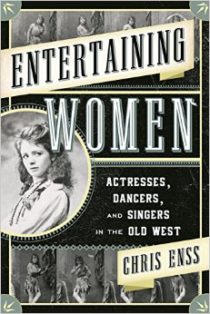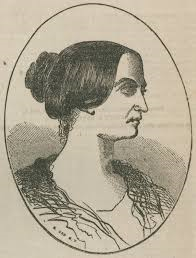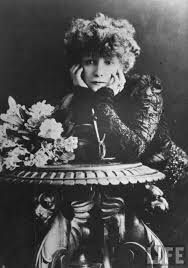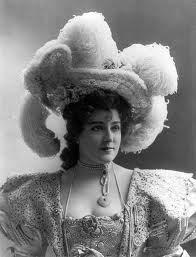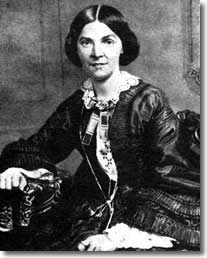Enter now to win a copy of
Entertaining Women: Actresses, Dancers, and Singers in the Old West
Shakespearean actor Edwin Forrest rifled through the desk drawer in the sitting room of the New York home he shared with this wife, socialite turned actress and theater manager Catherine Norton Sinclair. The contents of the drawer belonged to Catherine, but Edwin wasn’t interested in maintaining her privacy. In his frantic search, he uncovered a worn and rumpled letter written to his bride from fellow thespian, George Jamieson. “And now, sweetest, our brief dream is over; and such a dream!” the correspondence began. “Have we not known real bliss? Have we not realized what poets have to set up as an ideal state, giving full license to their imagination, scarcely believing in its reality? Have we not experienced the truth that ecstasy is not fiction? And oh, what an additional delight to think, no, to know, that I have made some happy hours with you… With these considerations, dearest, our separation, though painful will not be unendurable; I am happy, and with you to remember and the blissful anticipation of seeing you again, shall remain so…” Jamieson’s declaration of his feelings for Catherine ended with a promise to do “my utmost to be worthy of your love.”
Edwin reread the letter with poised dignity and on its completion sank into the nearest chair, cursing the day he had met the woman he had married. After a few moments, he arose and frantically paced about the room. He denounced Catherine for her infidelity and fell to the floor weeping uncontrollably. According to Edwin’s biographer William Rounseville Alger, Edwin was “struck to the heart with surprise, grief, and rage.” Catherine’s take on Edwin’s reaction and the circumstances surrounding her husband reading the letter are vastly different from Alger’s account. Almost from the moment the pair met, Edwin was jealous of everyone Catherine knew in her social standing and did not shy away from making a scene.
Catherine was born near London in 1818 to Scottish parents who had four children in all. Her father, John Sinclair, was a well-known vocalist who had toured America in 1831 and 1833. Historical records note that Catherine was endowed with natural beauty, and, whatever the quality and quantity of her formal and social education, she had in her teens acquired a sparkle and vivacity that attracted men. She was popular and well-liked and attended formal soirees, theater openings, and art exhibits with a myriad of friends from all walks of life.
